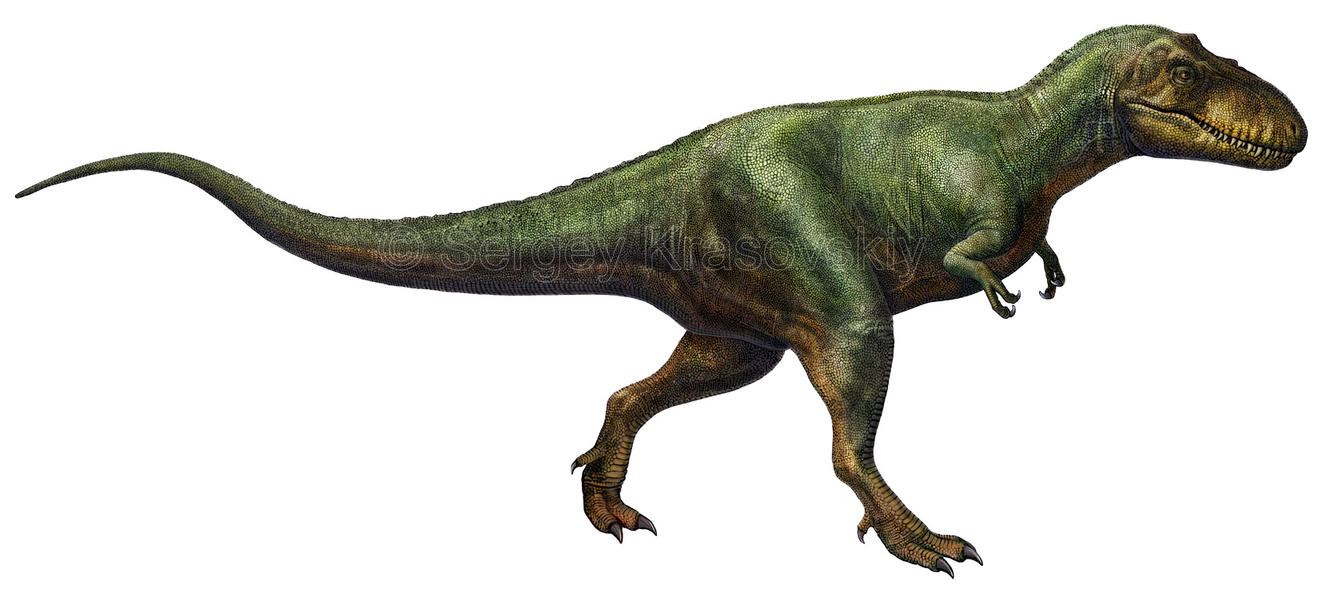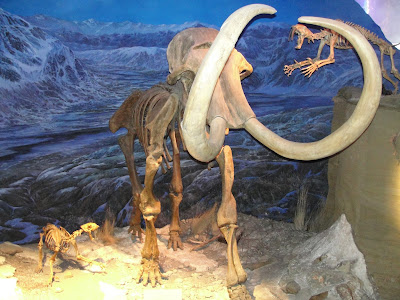The date: September 12, 2015. The place: Barnes & Noble. It was another ordinary day of browsing the science section in hopes of finding new books. Fortunately, I sacrificed time and took the initiative to take an extra-long drive to a Barnes & Noble I usually don't frequent. Lo and behold, their Paleontology section had other books besides Dinosaurs: The Grand Tour and DK's Prehistoric Life! Of most interest to me was A Field Guide to Dinosaurs of North America (And Prehistoric Megafauna), written by Bob Strauss.
First, a little information about the author. Quoting the back cover, "Bob Strauss is the author of two best-selling question-and-answer books that range across the expanse of science, biology, history and culture: The Big Book of What, How and Why (Main Street, 2005) and Who Knew? Hundreds & Hundreds of Questions & Answers for Curious Minds (Sterling Innovation, 2007)." It also goes on to say that Strauss is the "dino-expert" for About.com. I haven't visited that site in awhile now, so I can't vouch for accuracy/reliability, but I encourage readers to see for themselves how much credibility it establishes Strauss.
In my last book review, I covered Henry Gee's A Field Guide to Dinosaurs (read it here), and so I'll address the big question, "What are the differences between both books?" Aside from the obvious stuff, like different authors and illustrators, Strauss' book provides actual, factual information in each dinosaur profile, making for much less speculating on his part, but more for the reader, who must separate fact from fiction. Additionally, Strauss takes a more humorous tone on the subject matter, much like Robert Mash's book, How to Keep Dinosaurs. Finally, Strauss covers other prehistoric fauna, and not just the dinosaurs. More on that later.
As far as the writing goes, it's standard. There's plenty of comical scenarios Strauss manages to express vividly, such as how an Albertosaurus ambush would go down. It's a controversial opinion, but I believe that his attempts to bring scientific info into the writing downplays the potential he had. The idea itself is fine, but the execution is sub-par. It's the same old information that many, many other dinosaur books have stated. And some of it is just plain wrong. Note to the author: Acrocanthosaurus and Spinosaurus were NOT "closely" related (think of it this way, you wouldn't call a dog and a manatee "closely" related). Same physical features =/= closely related. It's clear that Strauss is an enthusiast, and not a scientist. What I did like, though, was the 40+ prelude. Strauss explains the inaccuracy of movies and even nature documentaries (you know those awesome documentaries you watched as a kid that had clips of harpy eagles swooping down and carrying off lion cubs? Fake. Did ya really think the camera happened to be rolling at the right place, at the right time?), and how it has created a severe misrepresentation of dinosaurs. The fact of the matter is, dinosaurs are animals, not monsters, and nine times out of ten, predator vs prey engagements end without any blood shed. I'd have to agree, and Strauss does a superb job describing the problem. My favorite quote, "If you're going to take a dinosaur trip to purely watch monsters fighting, be kind to yourself, go to your man cave, and watch an episode of Jurassic Fight Club instead." Brilliant.
Bistahieversor
Each illustration is provided by Sergey Krasovisky, a rather underrated paleo-artist. Oddly, they decided to use his older work. Most of the ornithischian dinosaurs are drawn fairly accurate (he gets ceratopsid feet right!), save for a few hadrosaurs in the classic tail-dragging pose, but theropods don't get it as easy. A bulk of them are depicted with "bunny-hands," and those that should be feathered like Utahraptor, are not. The biggest problem? It contradicts Strauss' writing. The worst offender being Strauss spending an entire paragraph chastising Jurassic Park for having over-exaggerated, "lizards adorned with green scales instead of feathers" (direct quote) when describing Deinonychus, only for the illustration to be... a featherless raptor with green scales. Yup. I'm not kidding. (Even Krasovisky calls it a retro depiction on his DeviantArt! I know for a fact he has a newer, albeit under-feathered restoration of Deinonychus) A bit disappointing to see that they opted not to use Krasovisky's beautiful action shots, too.
A happy looking Euoplocephalus
Prehistoric fauna such as Dimetrodon and Smilodon are given some of the spotlight. It's nice to see non-dinosaurs, but what was the point? It would make sense if a lot more non-dinosaurs were featured, but as is, they only make up 5-10% of the book. It just feels bizarre to throw in a few random mammoths in your dinosaur book; it just causes more confusion.
There's a pretty big flaw, and it's the price. For what it is, it's not cheap. Retail price goes for 22.95 US dollars. Essentially, what you're getting is a mini dinosaur encyclopedia with less writing than what looks say (the font is fairly large, and most profiles are two-pages long). The illustrations are nothing special. No landscapes. No action shots. At most, I'd think this should go for $15.
Verdict
As a humorous book, it is a good read. Unfortunately, readers will learn very little from Strauss' book, and more often than not, will notice very obvious inaccuracies.If you're going to buy it, just remember that it most likely will not prove a reliable source. At least it covers its material far better than How to Keep Dinosaurs did.
















